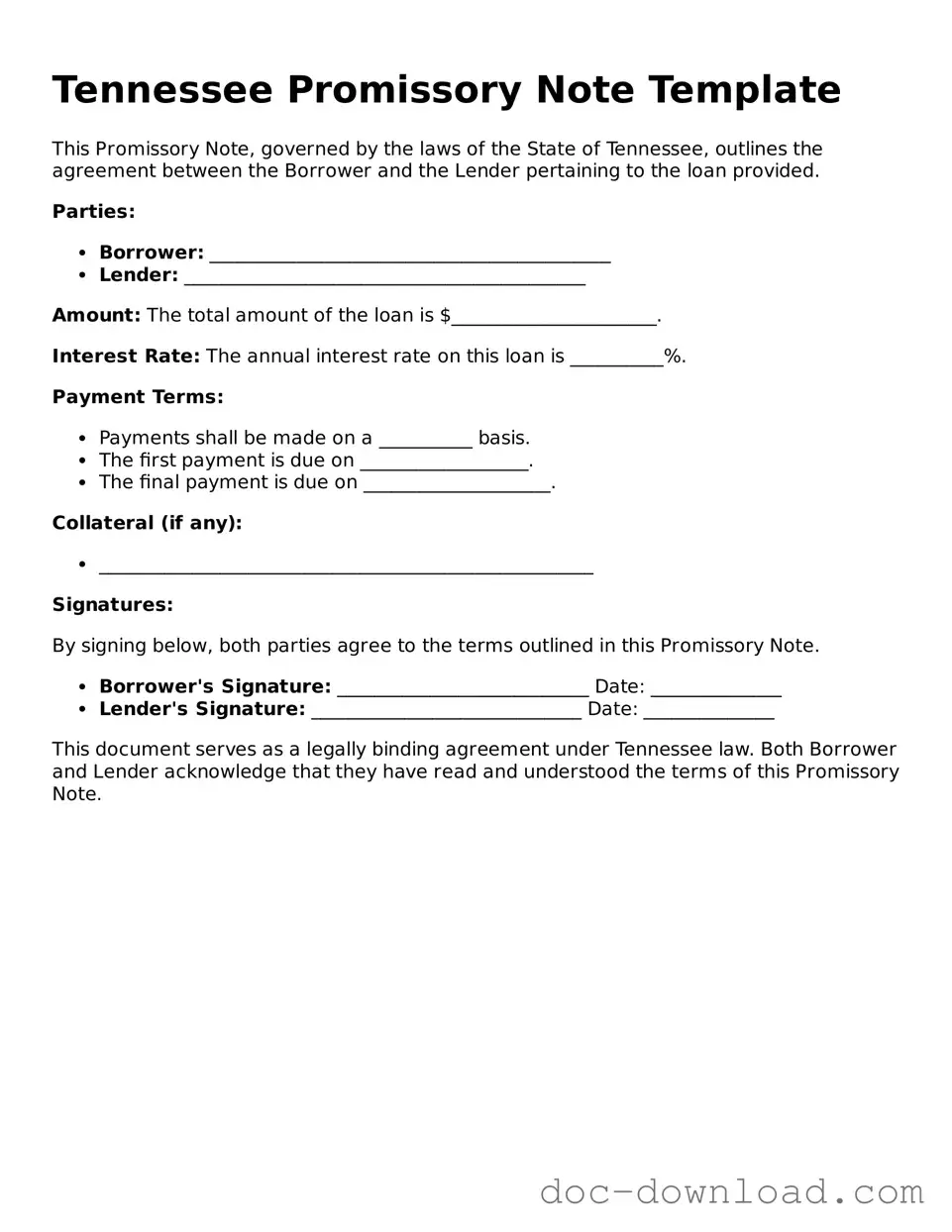A loan agreement is a document that outlines the terms of a loan between a lender and a borrower. Like a promissory note, it specifies the amount borrowed, the interest rate, and the repayment schedule. However, a loan agreement typically includes more detailed terms regarding the obligations of both parties and may address what happens in case of default. This additional detail can provide clarity and protection for both the lender and borrower.
A mortgage is another document that shares similarities with a promissory note. It secures a loan for purchasing real estate. The borrower promises to repay the loan, and the property serves as collateral. While a promissory note is a standalone promise to pay, a mortgage ties that promise to a specific asset, allowing the lender to take possession of the property if the borrower fails to repay.
A deed of trust functions similarly to a mortgage but involves three parties: the borrower, the lender, and a trustee. The borrower gives the trustee the right to hold the title to the property until the loan is repaid. Like a promissory note, it outlines the borrower’s obligation to repay the loan, but it also provides a method for the lender to foreclose on the property if necessary.
An IOU is a less formal document than a promissory note but serves a similar purpose. It acknowledges a debt and indicates that one party owes money to another. While an IOU may lack the detailed terms found in a promissory note, it still serves as evidence of a debt and can be enforceable in court, depending on the circumstances.
Understanding the nuances of various financial documents is essential for both borrowers and lenders. For instance, the Texas Transfer-on-Death Deed, which allows property owners to designate beneficiaries without probate complications, is an important legal tool. To learn more about how to fill out the form, visit https://todform.com/blank-texas-transfer-on-death-deed/ for detailed information.
A personal guarantee is a document that can accompany a promissory note, especially in business transactions. It involves a third party agreeing to be responsible for the debt if the primary borrower defaults. This adds an extra layer of security for the lender, similar to how a promissory note guarantees repayment from the borrower.
A security agreement is used when a borrower pledges collateral to secure a loan. It details the specific assets that will serve as collateral. Like a promissory note, it outlines the borrower’s obligations. However, the security agreement emphasizes the rights of the lender to seize the collateral if the borrower fails to meet their obligations.
A lease agreement can also resemble a promissory note in that it involves a promise to pay. In a lease, a tenant agrees to pay rent to a landlord over a specified period. While it primarily focuses on the rental terms, the underlying promise to pay is similar to the commitments made in a promissory note.
A credit agreement is a comprehensive document that governs the terms of credit extended to a borrower. Like a promissory note, it outlines repayment terms and interest rates. However, it often includes additional provisions regarding the borrower’s financial covenants and the lender’s rights in case of default, offering a more detailed framework for the borrowing relationship.
A bond is a formal debt instrument used by corporations or governments to raise funds. Investors purchase bonds, effectively lending money in exchange for periodic interest payments and the return of principal at maturity. Similar to a promissory note, a bond represents a promise to repay, but it typically involves larger sums and a more complex structure, including various terms and conditions.
